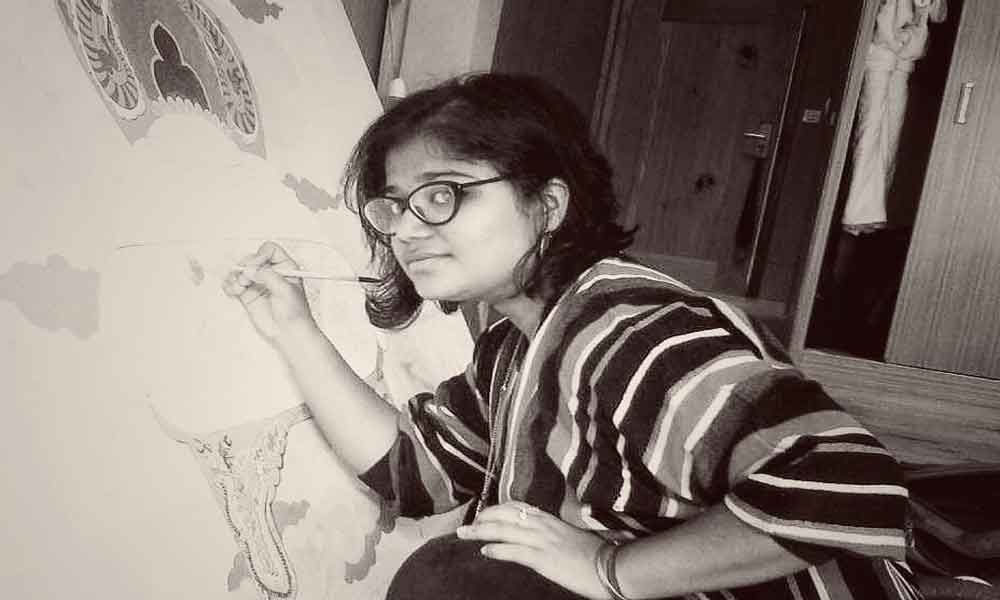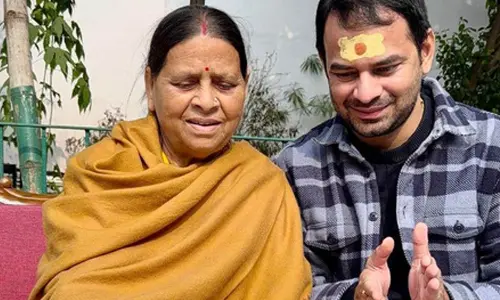Creating a new narrative

Kalakriti Contemporary presents ‘A Note on Remembrance’ by Ekta Singha. She started her art journey from childhood when her mother discovered her interest when she was just 3-years-old.
Kalakriti Contemporary presents 'A Note on Remembrance' by Ekta Singha. She started her art journey from childhood when her mother discovered her interest when she was just 3-years-old. Her father is an art teacher, and her first teacher. Her parents played a great role in her journey of pursuing studies in visual art.
"I did my Bachelor of Visual Arts from Govt. College of Art and Craft, Kolkata and then did my Masters from Baroda. And I am based in Baroda now," says Ekta.
About her inspiration she says, "Actually I am a Bengali Rajput. The inspiration for this work was the royal family lineage I am carrying forward. We are from Bangladesh, and since the time grandfather came to India, we have been living here.
We still have rest of our family members in Bangladesh and we have our ancestral house in Bangladesh. It's all about how I relate those stories I have heard from my grandparents about their livelihood and creating new stories and juxtaposing them with my way of living as an independent woman. And that juxtaposition creates an absurd narration in my artwork."
Her interest in Mughal, Persian and Rajput miniature paintings has helped her generate a language of her own. Then it's the Visual experiences in a different point of time that she had received consciously and subconsciously that makes its entrance in the pictorial surface that is layered with metaphorical and personal references.
"Anecdotes and memories of ancestral of home and lineage in Bangladesh had played a strong role in my work. Creating patterns remain an integral part of my work and not just as an ornamental design. Rather it becomes an important visual tool to subtly transform experiences – disturbing events and memories through its consistent appearance.
Through this series of works I attempt to create a visual trope with the imagery so that they don't become too didactic but at the same time demands certain attention from the viewer in order to articulate my works," she shares.
Her work has language that is inspired from Mughal and Persian and Rajput miniature paintings. She says, "I chose this mode of expression because I was always very keen about the traditional way of practicing painting and miniature is one of them and the other is going back to my family lineage.
I found this expresses my feelings more certainly.But my way of expressing as I said is a bit absurd. So that creates a difference in my work. For me the layers play an important role and creates its own pictorial value."
"I basically work on Nepali handmade paper pasted on linen cloth as you can see in the scroll works. And I also work on wasli paper and use the traditional way of working with pigment and gouache colour on it. And with that I also use prints and stitching on my work.
My works usually have lots of layers," she adds. The exhibition is the juxtaposition of memories, metaphors and histories that tries to create images that are not only visually but cerebrally engaging to the viewer.














